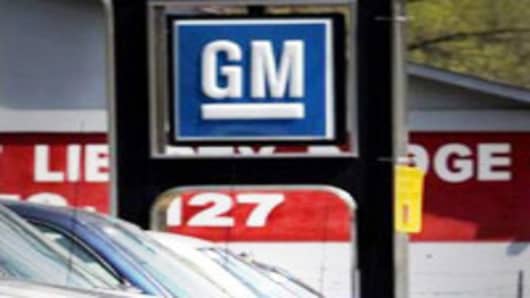"From an investor standpoint, people might not necessarily believe we're going to have any kind of serious tank in the market, but what they are willing to do right now is they are willing to pay a lot more for that protection than they were even two days ago," he said.
Kernan said even if the stock market stabilizes, he expects the VIX to stay somewhat elevated. At 22.13, it implies the possibility of a daily move of 1.4 percent in the S&P 500. If the market had sold off without the issues in the Middle East, the VIX would not be at this level. "It measures uncertainty and that's what it's doing," he said.
Brown Brothers Harriman market strategist Andrew Burkly thinks stocks could be heading for a 10 percent correction and the bottom of the current rout could be as low as 1200, about 100 S&P points below Wednesday's closing level.
But Burkly has also not been one of the more bullish strategists on the street, and his year-end target is 1350. He had said in an interview last month that he expected a fairly sizeable sell off, and it was likely the S&P would trade on both sides of 1300 several times this year.
"It definitely provides a reason for a very extended market to have a well-deserved pull back here. I don't think it's going to have a lasting impact on the underlying economic recovery," he said, adding the hit to GDP will depend on how high oil goes and for how long. He said rising oil prices may shave a few tenths off GDP.
"I don't see this as a major turning point. I do view this as a viable set back. At the same time, I don't think it's going to be one or two days. I think it's going to be measured in months, and it will be a one or two month event," he said.
"I also don't think we go straight down from here. It will be kind of back and forth," he said.
Burkly also said a favorite overweight has been and will continue to be the energy sector. Energy was the only S&P sector to gain Wednesday, up nearly 2 percent, while industrials were the worst performers, down 1.8 percent, followed by consumer discretionary shares, off 1.5 percent.
"If it's a decline that's triggered by energy, energy will continue to do well. One of the things we like is the earnings revision pattern. It's one of the best in the market. It was kind of a laggard in earnings revisions last year, and it's now catching momentum," he said.
Energy stocks also rise relative to oil because of their high correlation, he said. Burkly said year-over-year, the correlation was 70 percent, while for consumer discretionary stocks, the correlation to rising crude was negative 30 percent.




